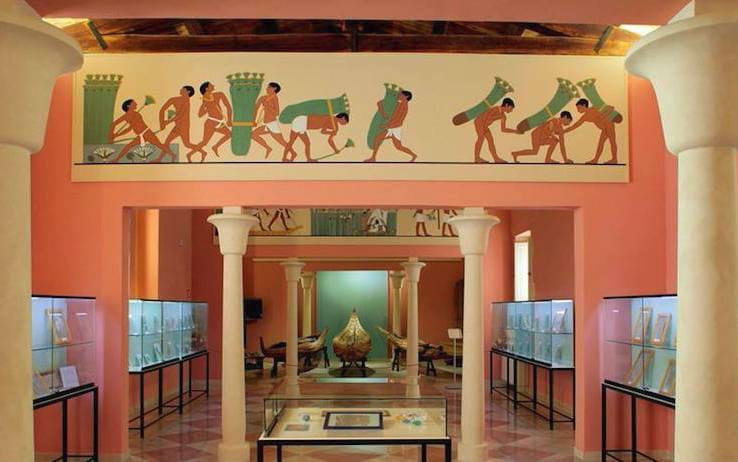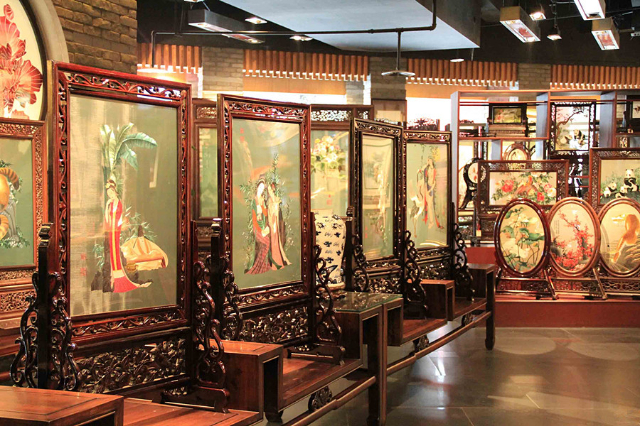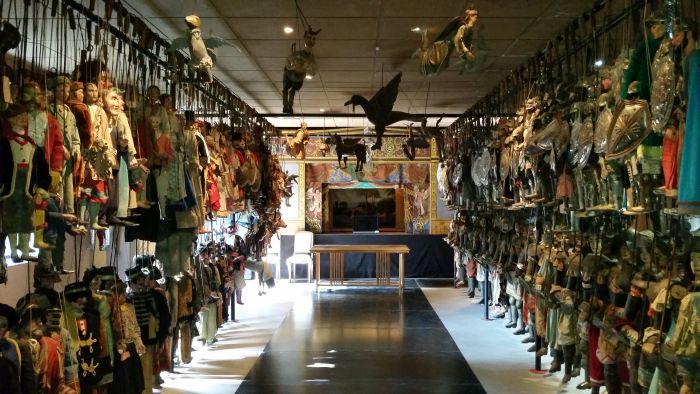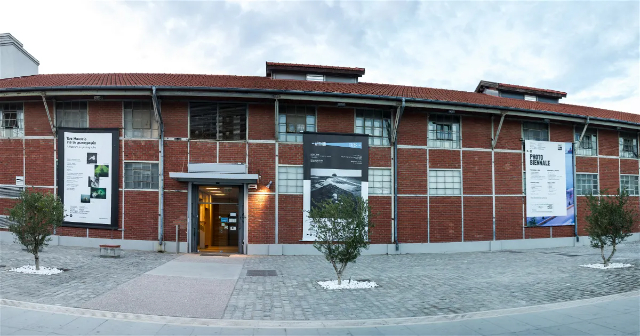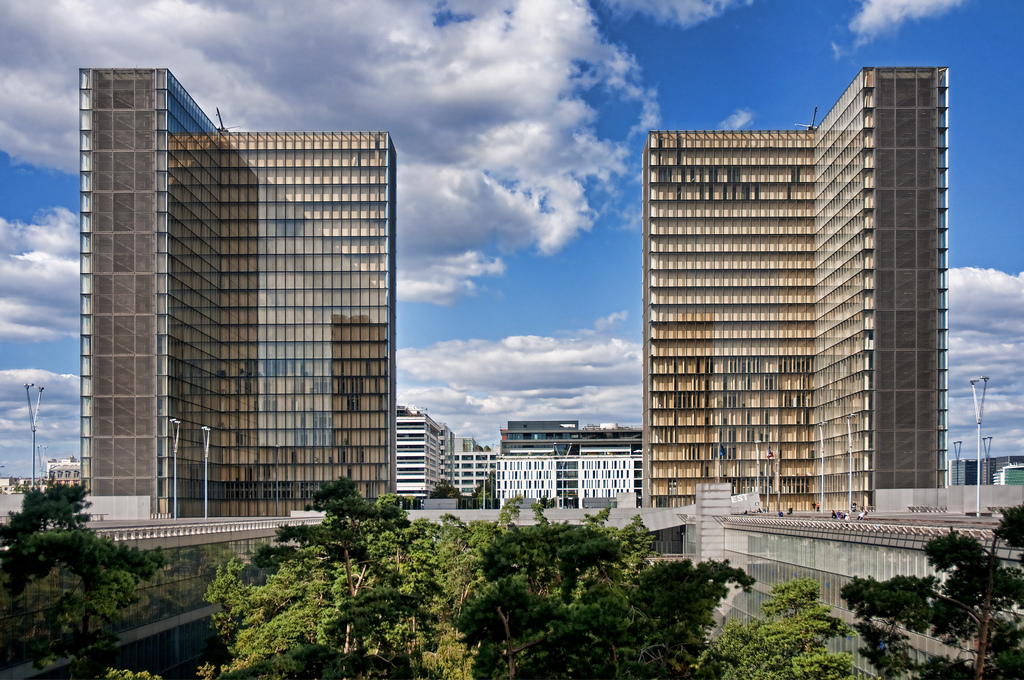The three-storey building that houses the museum is divided into 34 rooms, decorated with hundreds of objects from the 15th to 19th centuries.
The origins of Vizcaya
James Deering (Vice-President of the Internacional Harvester Company) was a man with a dream and, above all, with a lot of money to make it come true.
Now retired, James purchased 72 acres of land near the beach. He hired three architects to execute the project: an Italian Renaissance villa, surrounded by huge gardens.
Construction began in 1914 and was completed two years later, thanks to the work of 1,000 workers, who at the time represented 10% of Miami’s population.
This extraordinary mansion makes us think that Deering was a lucky man. In reality, he was only partly so, as his failing health prevented him from enjoying his creation. He died in 1925, before he could see his work completed.
The best way to visit the villa and its gardens is to follow the itinerary of the brochure given at the entrance, with a map of the villa and gardens and some descriptions.
These are some of the most interesting areas of the villa:
The Hall: The wallpaper, which is still preserved on the walls of the hall, was painted by hand.
The Music Room: An extraordinary room, where, in addition to the decoration coming from an Italian palace, you will surely be fascinated by the musical instruments on display.
The Butler’s Room: In this room you can see the plates and glasses of the great occasions, which have been kept here since 1916.
The large stone boat: This large boat, anchored in time, conveys a great melancholy, reminding us of beautiful Venice.
The avenue of statues: Statues, waterfalls, caves, ponds and secret places!


